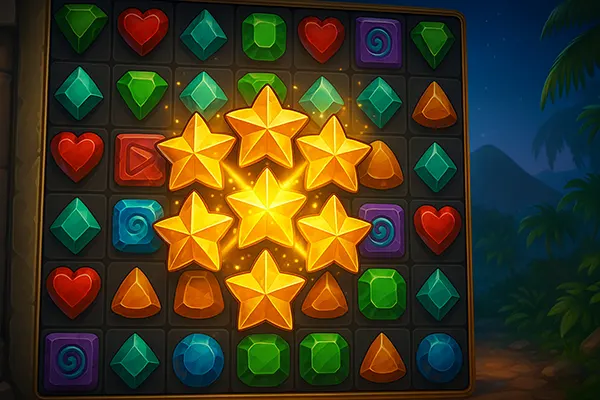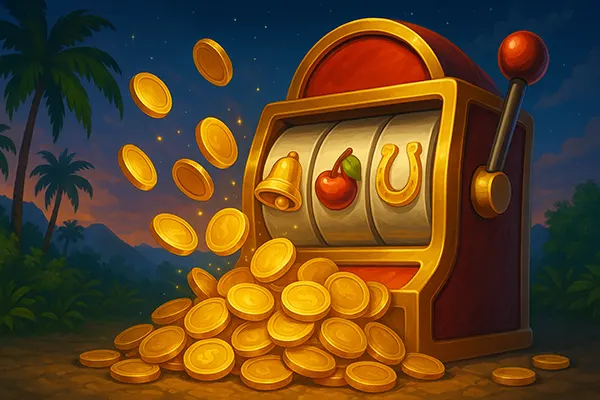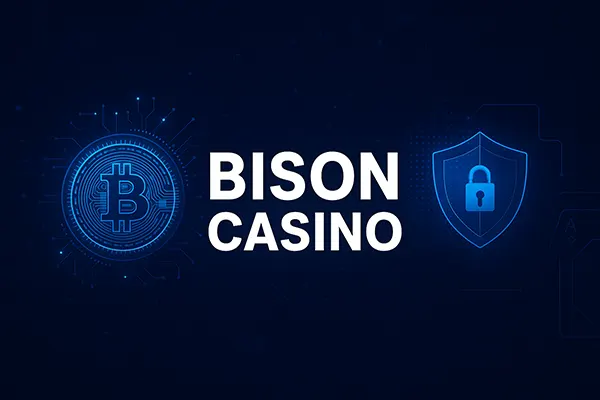
Cluster Pays Slots: How the New Winning Logic Works
Cluster Pays slots represent one of the most innovative directions in modern iGaming mechanics. Unlike traditional slot machines that rely on paylines, these games introduce a different way of calculating wins — through clusters of matching symbols. This system provides a dynamic and unpredictable gaming experience, reshaping how players perceive combinations and rewards.
The Core Mechanics of Cluster Pays Slots
At the heart of Cluster Pays lies a simple but revolutionary concept: instead of aligning identical symbols along a payline, players form groups or “clusters” of matching icons adjacent either horizontally or vertically. When a qualifying cluster appears, it triggers a win based on the number of symbols involved.
Most modern Cluster Pays slots use cascading or avalanche mechanics. When a winning cluster disappears, new symbols fall into place, creating opportunities for consecutive wins within a single spin. This makes the gameplay more continuous and immersive, encouraging longer engagement without increasing betting costs.
Unlike fixed paylines, cluster systems adapt better to different reel layouts, including grids such as 5×5 or 7×7. This flexibility allows developers to design more visually complex games with multiple win possibilities in one round.
Mathematics Behind Cluster Payouts
The payout logic in Cluster Pays slots depends primarily on symbol value and cluster size. Each game defines its own table — typically, the larger the cluster, the higher the multiplier or fixed reward. For example, forming a cluster of 15 premium symbols could yield payouts far exceeding the base game’s average return.
Some games apply progressive multipliers for consecutive cascades. For instance, the first win might offer a 1x multiplier, the second 2x, and so forth. This cascading increase adds depth to the game, rewarding sustained sequences of wins rather than single lucky spins.
Return to Player (RTP) values in these slots generally range between 94% and 97%, with volatility levels varying widely depending on bonus structures and special features. Players seeking steady sessions prefer medium volatility, while risk-takers often gravitate toward high-volatility cluster titles.
Popular Games and Providers Using Cluster Mechanics
Several leading developers have embraced the cluster format, turning it into a signature element of their gaming portfolios. NetEnt’s “Aloha! Cluster Pays” was one of the earliest titles to popularise the concept, replacing paylines with symbol groups on a 6×6 grid. Its success paved the way for many imitators and inspired a new design philosophy.
Play’n GO followed with titles like “Reactoonz” and “Reactoonz 2,” where symbols interact in energetic chain reactions. Pragmatic Play, Relax Gaming, and Red Tiger have also integrated similar systems, each bringing distinct mechanics such as power-ups, symbol transformations, and random wild drops.
In 2025, newer games employ enhanced 3D visuals, cluster-based jackpots, and even hybrid systems combining paylines with cluster mechanics. This demonstrates that cluster slots are no longer a niche experiment but a standard part of modern online gaming design.
Design and Player Engagement Innovations
Developers use cluster structures to experiment with narrative and aesthetics. Because paylines no longer constrain symbol placement, they can design games where motion, explosions, or symbol connections visually support the theme. This creative freedom makes cluster slots particularly appealing for video slot storytelling.
Gamification tools such as missions, collectable items, and mini-progress bars are increasingly paired with clusters. These mechanics encourage players to chase objectives rather than focus solely on individual wins, creating longer, goal-oriented sessions.
Furthermore, developers use analytics to fine-tune symbol frequency and reward distribution, ensuring fair play and engagement without sacrificing transparency. This balance between entertainment and fairness has become key to maintaining trust among modern players.

Advantages and Future of Cluster Pays Technology
One of the strongest advantages of Cluster Pays is the diversity of gameplay experiences it allows. Since there are no paylines, players of any budget can access the same potential for large wins without complex betting configurations. The simplicity of cluster mechanics also appeals to new audiences unfamiliar with classic slot patterns.
From a development standpoint, cluster systems allow for advanced mathematical models that improve balance between volatility and payout potential. They can also support innovative features like symbol fusion, expanding grids, or multiplier clusters, all of which contribute to a more strategic type of slot play.
Looking forward to 2025 and beyond, the industry trend suggests that cluster-based mechanics will continue evolving through AI-driven balancing and personalised gaming sessions. Future slots may adapt in real time to a player’s style, offering customised volatility or cluster patterns based on user preference.
Responsible Play and Transparency
As Cluster Pays slots grow more complex, responsible gaming principles become even more important. Developers now integrate tools such as spending limits, time reminders, and transparent RTP displays directly into the interface to promote mindful play.
Regulatory bodies, including the UK Gambling Commission and Malta Gaming Authority, have increased scrutiny of algorithm fairness in cluster-based games. Providers must now submit mathematical models for verification to ensure all outcomes remain random and unbiased.
Transparency, fair returns, and player education will define the next era of cluster gaming. The goal is to create entertaining yet secure experiences that respect both excitement and responsibility, setting a benchmark for the sustainable growth of digital gaming mechanics.



